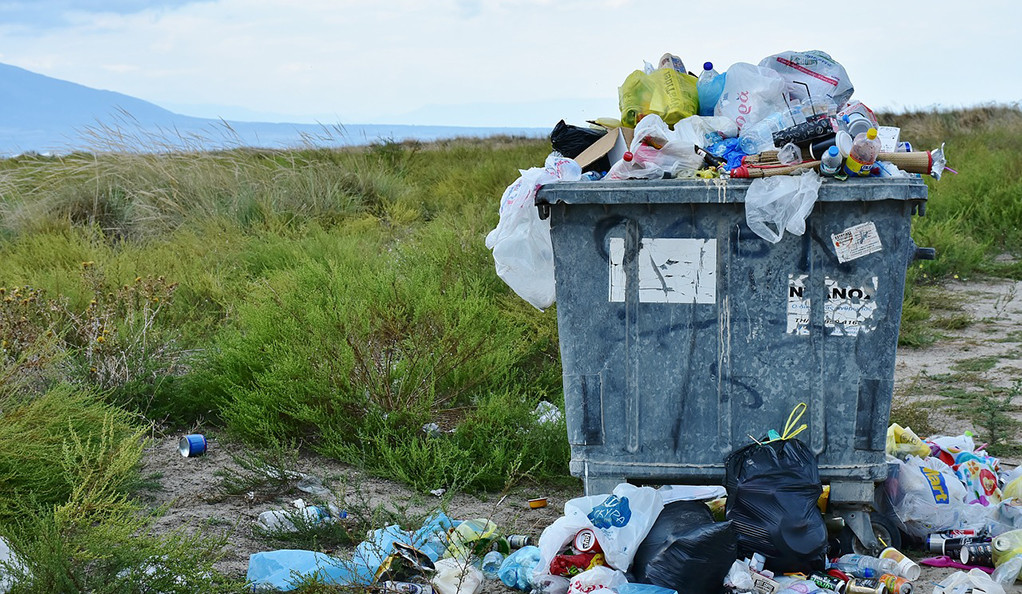Let’s briefly explore my list of 6 devastating SAFe anti-patterns. Each of these can be considered “devastating” due to the tremendous amounts of waste involved.

#1 – Installing SAFe As-Is
SAFe is huge. It is designed to cover most transformation needs from a perspective of scaling Agile at all levels – team, program, portfolio, and enterprise.
Thinking of going SAFe? Here is a “SAFe numbers” list you need to be aware of – as derived from the SAFe big picture:
- 31 artifacts
- 17 events
- 16 roles
- 10 principles
- 7 competencies
- 4 configurations
- 3 levels
- 1000’s of pages of documentation
If that doesn’t scare you, then you are a superhero!
Don’t fall into the trap of installing SAFe “as is”. Instead, pick and choose what parts of SAFe make sense for your organization. This is by far the most significant of the 6 devastating SAFe anti-patterns.
Start small and build on your successes over time. Spend the time necessary to understand the organization’s situation. For a better understanding of the difference between an Agile Coach and a Framework Installer, read more here.
And by all means, lead with empathy and understanding, not with a framework! Read more here.
#2 Launching ARTs with a Small Number of Teams
SAFe recommends forming an Agile Release Train (ART) with 5 – 12 teams aligned around value. Say it with me: the lower bound is 5 teams! There is typically no good reason to launch an ART with less than 5 teams.
You may have a situation where 2, 3, or 4 teams naturally work together closely to deliver a set of products or services. Trust these teams to figure out the best way for them to collaborate, plan, and coordinate their activities. They may even pull in a few SAFe program-level practices, but just make sure they install them in lightweight form.
If you insist on launching ARTs with less than 5 teams, you have just added an enormous amount of productivity-killing overhead to each team. Refer back to the SAFe numbers list above.
Just say no.
#3 Forming ARTs with Disparate Teams
The entire purpose of the SAFe Agile Release Train construct is to provide structural support for teams that are aligned on the same value stream. Often as coaches we see trains launched with disparate teams NOT aligned to value. Why? Well, because of flimsy reasons such as:
- We want consistency throughout the organization
- It would be good for teams to plan together
- We read Stanley McChrystal’s Team of Teams book
- We want everyone to “go SAFe”
For example, you may have one team that provides server support, a second team that develops new Identity Management capabilities, a third team that supports a legacy application, a fourth team that provides desktop support, and a fifth team that builds development environment tools. Each team works independently to deliver product and services directly to their customer base. While each team can be thought of as having their own small value stream, there is no need to ask them to “scale up” to an ART. ARTs are for larger value streams where multiple teams all work on the same products and services that comprise the value stream.
If you form an ART with disparate teams, you have just imposed the significant overhead of Agile scaling onto each team – see the SAFe numbers list above.
#4 Implementing SAFe WITHOUT Alignment to Value
SAFe is all about aligning teams to a value stream. If you skip this step or hand wave it, you have missed the most important aspect of scaling Agile!
Depicted below is the SAFe Implementation Roadmap. Notice what step is front-loaded along with the necessary training. That’s right – identify value streams and Agile Release Trains. We align our organization to the flow of value by performing this step.
Skip it, and you will launch ARTs that are meaningless or sub-optimal.

Read more about this #1 consideration when going Agile here.
#5 Launching ARTs WITHOUT Cross-Functional Teams
Agile teams must be cross-functional. Cross-functional means that an Agile team has every technical expertise needed to create a small, valuable product increment within a short period of time. This product increment can be released into a production environment for customer feedback.

Teams that are formed around component expertise (instead of cross-functional) cannot provide value until their output is integrated into the larger system. But it’s not about output, it’s about outcomes! The best outcome is a small product increment that can be released!
This topic is related to the previous one – read more here.
#6 Misuse of the Large Solution Level
The SAFe Large Solution level is designed for building highly complex, highly technical products such as the F35 tactical fighter jet or the spaceship to Mars. These products require a massive solution-level integration, where all ARTs come together to form the final product.
Don’t run off and install the Large Solution just to handle cross-collaboration across ARTs.
Stop the madness! More on this topic here.
Wrap
Avoid these 6 devastating SAFe anti-patterns for a successful scaled Agile transformation. When you spot them, call them out and lead the charge for righteous change!
